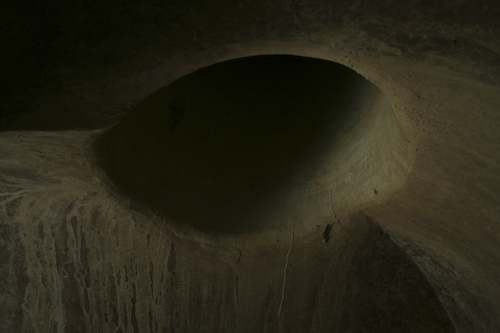Mixers were kept in a semi-underground concrete building that was designed to resist the disruptive effects of an accidental deflagration. A five-meter layer of earth covered the roof, which was about one meter thick, and partially absorbed the energy of the shock wave that was produced by the explosion before finding a way out.
Holes in the roof of the adjacent galleries were provided to help to direct the energy of the wave outside the building.
At the end of each cycle, each machine produced about 280 Kg of dynamite paste that was then used for cartridges.
The vibration and shock sensitive chemicals to be mixed were carried to the mixers by hand (to avoid the vibrations of carts) by women, preferably widows.
Accidents happened, sometimes. When the plant was dismissed, in 1965, the death count was of 91 people. And almost three major explosions occurred, in 1890, 1900 and 1961. In 1900 some window glasses broke in Turin, 30 kilometers away.
For this reason the passageways were so small, and everything in the construction is built thinking to the containment of a blast wave. No sharp edges, around here...
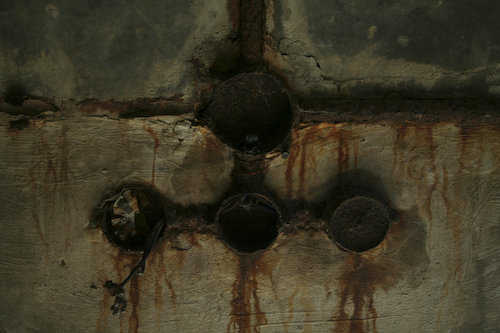
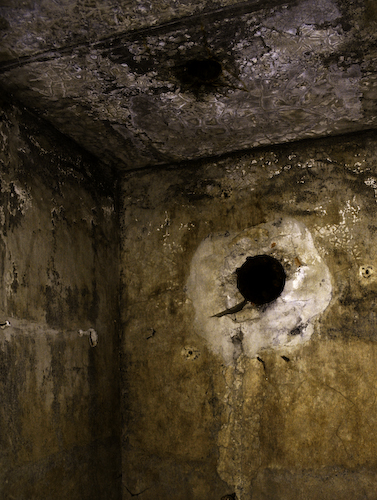
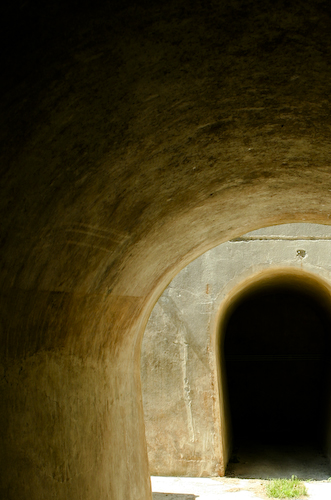
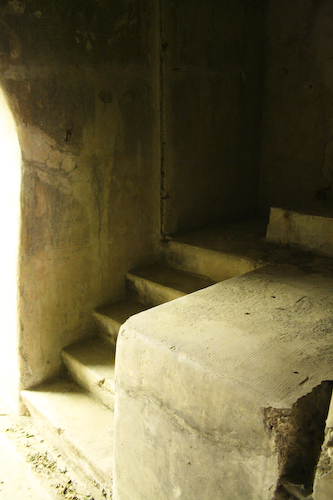
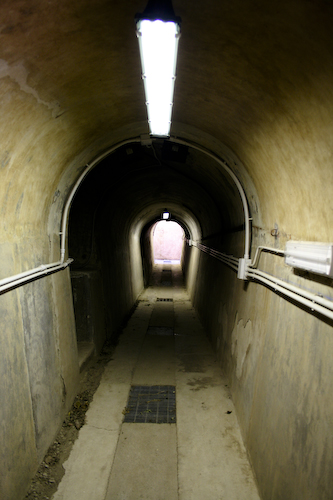
Page 2/4

